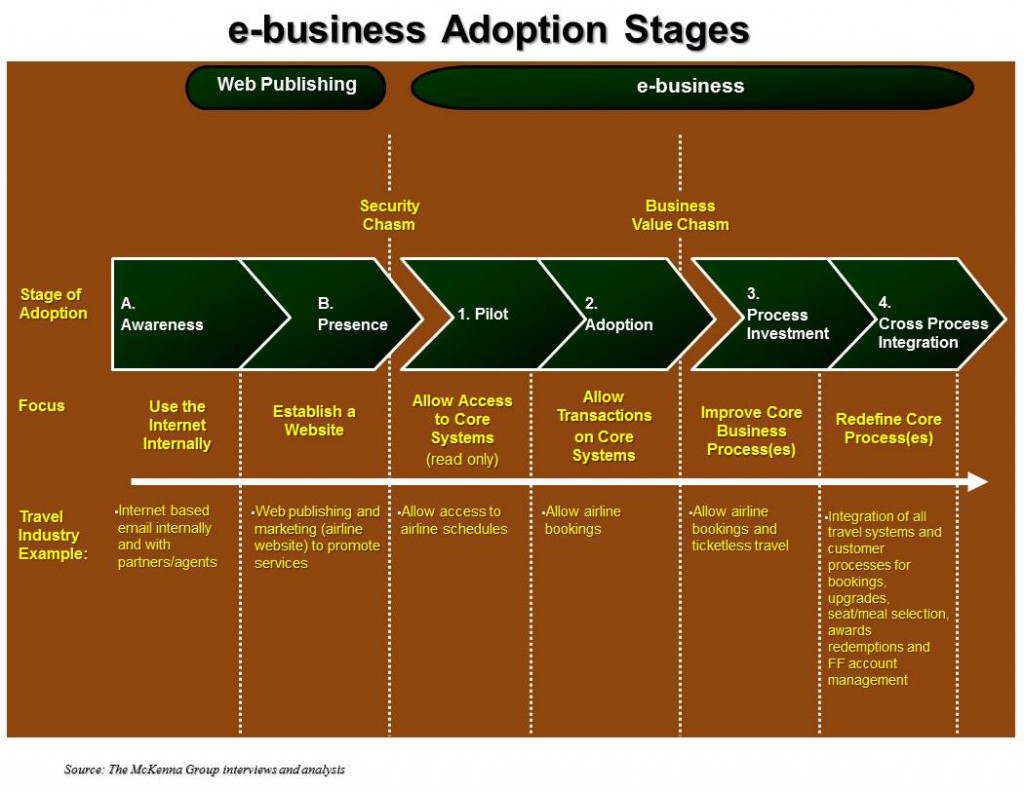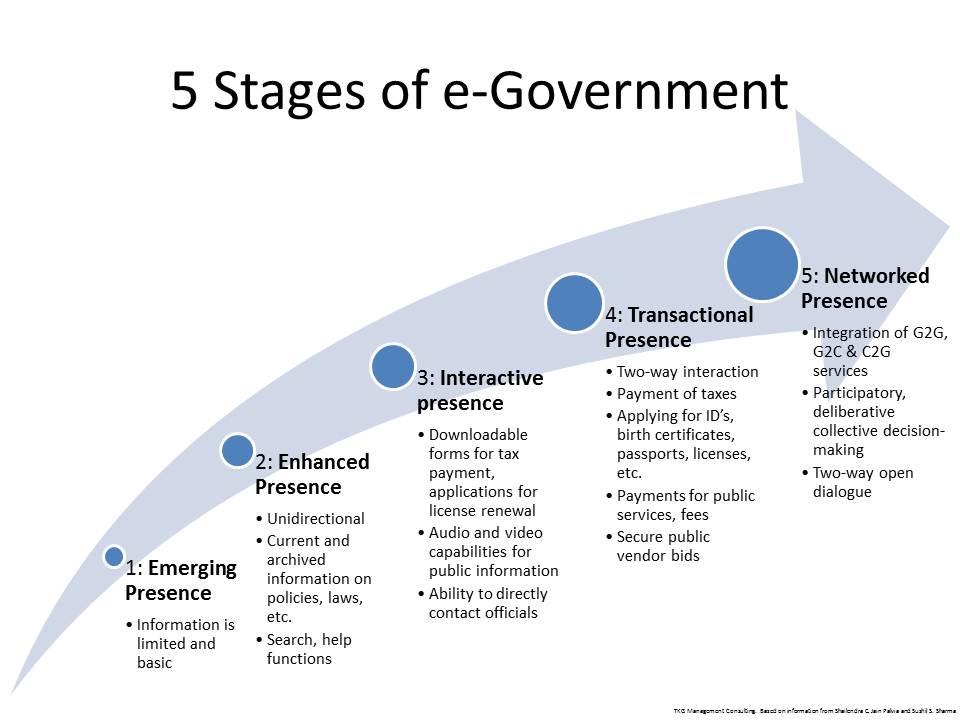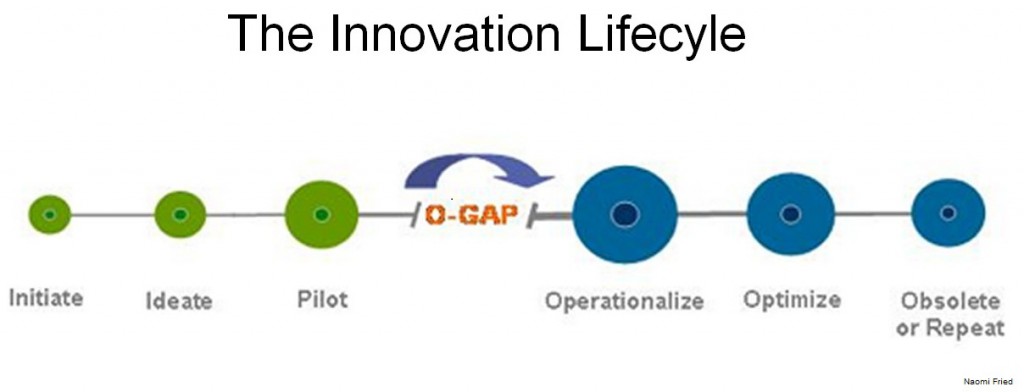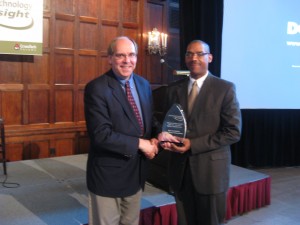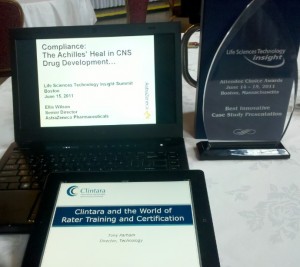My two previous blog entries described how to foster innovation, and described the evolution of web-based innovation. Today’s entry looks at the different types of innovations used.
Stevenson and Kaafarani describe 4 types of innovation:
- Transformational : A revolutionary breakthrough which drastically changes society/industry
- Example: The automobile, the lightbulb, the Internet
- Category: A new application of ideas, products or services (rather than the creation of inventions)
- Example: Automobile service stations, with manufacturing, virtual bookstores
- Marketplace: Unique modifications of existing products and services and delivery methods
- Example: Folding side view mirrors on cars, light bulb editing, PayPal
- Operational: Finding efficiencies which save time, improve quality, increase productivity, improve work environments
- Example: assembly-line automation, retail display racks, online inventory control
Clayton Christensen uses slightly different innovation descriptors:
- Sustaining: Incremental innovations, turning good products into better ones.
- Example: making a cleaning agent 10% stronger.
- Categorized by results which are immediate, moderate — then taper off
- Breakout: Significantly increase the level of play in an existing category.
- Examples: Motorola RaZr became the best selling clamshell cell phone category through sleek, groundbreaking design
- Results are rapid, strong, then quickly drop to a lower level
- Disruptive: Renders existing solutions obsolete.
- Example: The iPhone disrupted the smartphone market (in which Palm’s Treo had previously disrupted the clamshell market)
- Results require a longer gestation period, but then lead to exponential growth
Christensen also describes the Innovator’s Dilemma: Listening to customers and investing in innovations to meet those customers’ articulated needs can sometimes lead to failure because customers typically only envision incremental (“sustaining”) innovations. And investors often do not have the patience for the long gestation period sometimes required to achieve disruptive innovations. (Leaders are rewarded for the quick, modest results and may be penalized for lack of short-term results).
The lesson: Be patient and disciplined. Have a portfolio of innovations which includes quick wins and low hanging fruit. Recognize that innovative, disruptive thinking may not give your team immediate answers, but it gives you a common language and a common way to frame the problem so that you can reach consensus about a counter-intuitive course of action.
